To understand my experience during the pandemic, you need to know four things:
- I have lived with the chronic immune syndrome, SLE, or “Lupus” for 30+ years. Basically, my immune system works overtime and doesn’t pick the right fights, usually attacking my own body with lots of inflammation, often triggered by stress.
- Before the pandemic hit, I was being treated for three serious conditions, “co-morbidities.” I’m a heart attack survivor with stage three kidney disease, and the third is too complicated to explain.
- My husband runs a commissary, which is like a grocery store, with between 600-800 people in the store daily.
- Just as the pandemic lockdown started, I developed a new mysterious illness that stumped the top doctors at Johns Hopkins.
Needless to say, I’m a “sicko,” and if the virus gets me, I’m a goner.
I live with the unknown daily. It is what it is. Is a kidney transplant in my future? Will my lupus cause another heart attack? The openness and vulnerability expressed by Gabrielle Stanback in her recent post inspired me to share my point of view as someone with chronic illness. Lupus is sometimes called an ‘invisible disease.’ I have the insides of an old-timer. I like to joke that my body is a wonder—I wake up wondering what it’ll throw at me. I didn’t expect this. I look for silver linings everywhere because life is too precious to waste time in the rain.
In March 2020, when the pandemic hit, we didn’t know what to do. My husband’s job put him at great risk and he was panicked about bringing it home. He had almost lost me once from a heart attack. We didn’t know another way to relieve his anxiety and keep me safe. Silver Lining #1: A property we had been trying for a year was still empty. So, we cobbled together furniture and moved my husband 40 minutes away, not knowing what the future held. Managing the grocery store itself was stressful enough, and he was scheduled for hip surgery in May, so we hoped he would return home for his recovery. I hid a pack of love notes and funny cards, and a photo of the two of us in his suitcase. He dropped groceries on the porch weekly. We zoomed daily, though there was little talking. We celebrated anniversaries and birthdays remotely. It was very painful being away from each other.
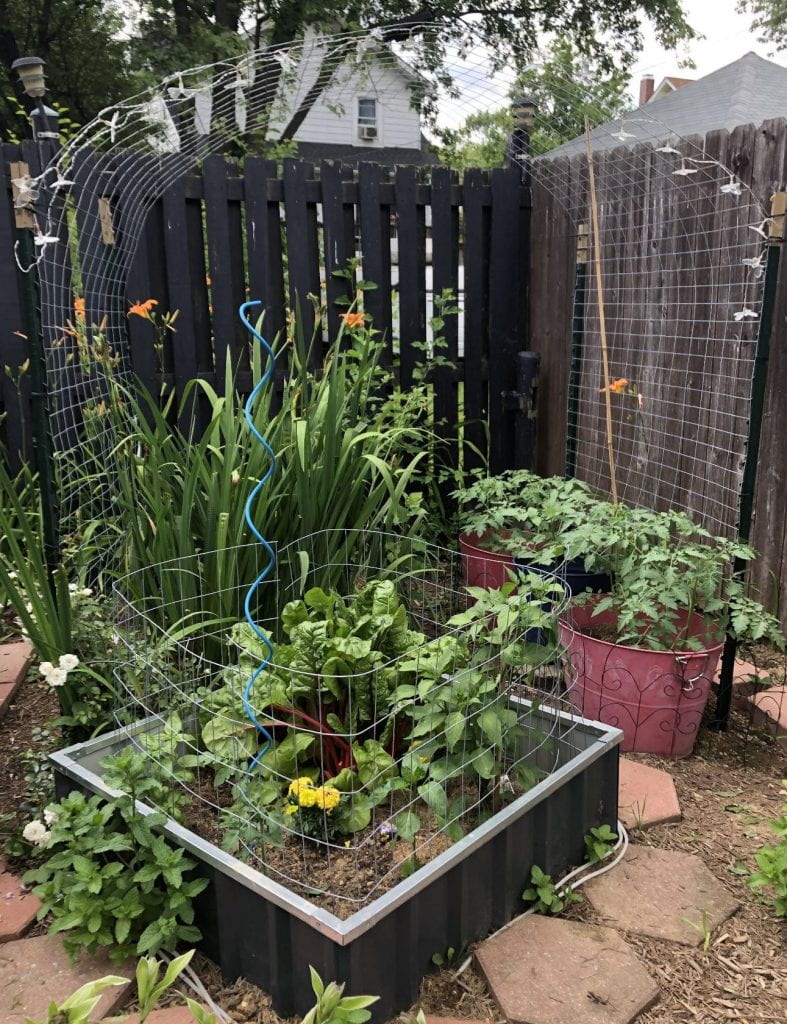
Parsing what you can and cannot control, finding things to distract you, and remaining positive when faced with obstacles is something I have always found helpful. I kept myself very busy doing things that either enjoyed or exhausted me. I wallpapered the bathroom. I doubled the size of my raised garden beds, I regraded part of my yard, walked my dogs 2x a day, picked up the guitar, “Marie Kondo’d” the house, and yes, ate lots of sourdough and chocolate. I’m so very thankful for the King Gimp exhibition that kept me very busy—and inspired by Dan Keplinger’s resolve. I learned how to be still, enjoy being at home, being by myself but not alone. Silver Lining #2: I learned new skills, knocked something off my bucket list, beautified the house, and rediscovered my passion for arts accessibility.
 Living with a serious chronic illness is no joke. I’m so blessed to have a village around me. I couldn’t do it without them. Shopping for me, transporting me back and forth to the hospital, Zoomed Yahtzee nights…I’ve never felt the embrace of love so tightly before. When Daryl finally had his surgery (by then, it was back and hip), friends dropped off casseroles and the neighbor shoveled our driveway.
Living with a serious chronic illness is no joke. I’m so blessed to have a village around me. I couldn’t do it without them. Shopping for me, transporting me back and forth to the hospital, Zoomed Yahtzee nights…I’ve never felt the embrace of love so tightly before. When Daryl finally had his surgery (by then, it was back and hip), friends dropped off casseroles and the neighbor shoveled our driveway.
(Heads up, gross alert ahead!) The worst part about being sick, in my opinion, is not knowing what something is. If you can identify it, you can maybe do something about it. Unfortunately, at the end of March, I developed a mysterious painful bump on my back. By June, when medical offices opened, they discovered two massive infections (gross!) cysts. I had a procedure and they took nearly 2 liters of fluid out of my body! I lost 20 pounds. They drained me (really gross!) and I went home with tubes sticking out of my back four times. (really gross…yuk! My chance to play a Borg queen.) Despite many tests and a presentation at grand rounds, for literally everything on Earth they are still searching for answers. That’s Lupus, folks. Sometimes you’ve got to just go with the flow and listen to the doctors. Silver Lining #3: We have excellent health insurance at TU and Johns Hopkins is in Baltimore. I’m so grateful to every one of my doctors and nurses, who earnestly sought answers for me, treated me with kindness and skill under such intense conditions.
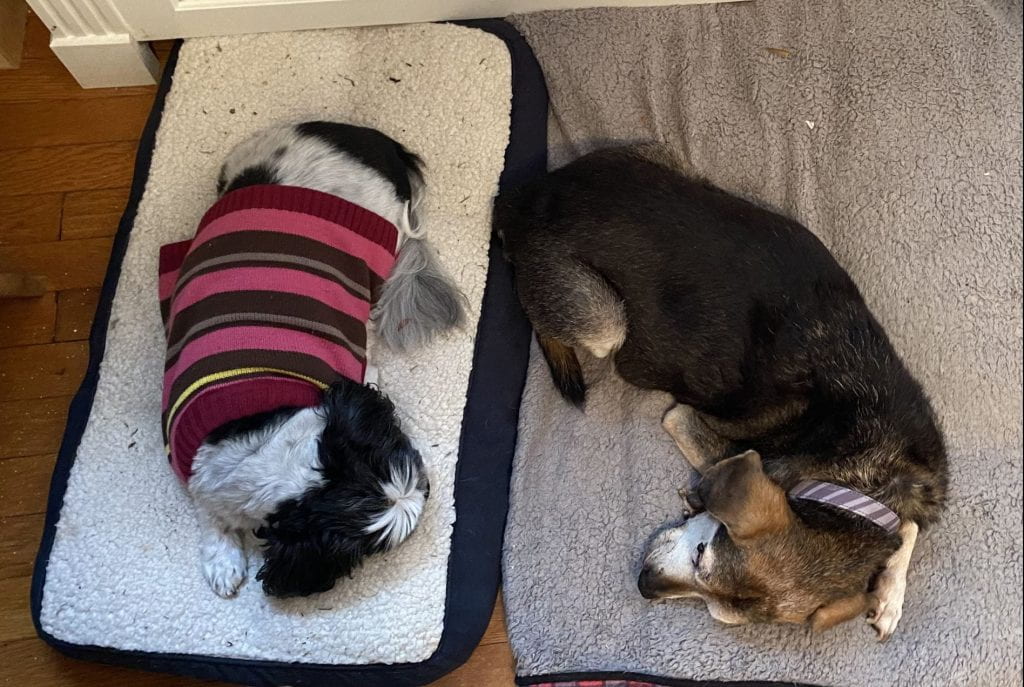
My husband’s surgery was postponed until fall and by then he needed hip + back surgery, which put him home for 16 weeks of recovery. So now he’s here 24/7. So I’ve now gotten the full pandemic experience. With him home from work until he could be vaccinated, we’ve never spent so much time together. Thanks to a colleague, I got an appointment as well. The vaccine is not likely to cover me as much as the normal person, but it should keep me from kicking the bucket, though I’ll probably wear a mask much longer than you, the reader.
Great change often follows chaos and disorder. Perhaps the grace and resiliency and new-found community will take us into our new tomorrow, bringing us new silver linings. I’m hopeful for the future. I hope you are too.
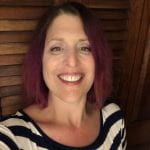 Michele Alexander ’94 is currently the COFAC Marketing and Public Relations Manager. Before returning to TU, Michele served as a marketing director at several professional theatres, most recently at Everyman Theatre in Baltimore. In addition to her gardening obsession, Michele makes music with her brother’s band in her spare time and is looking forward to playing in public in the future.
Michele Alexander ’94 is currently the COFAC Marketing and Public Relations Manager. Before returning to TU, Michele served as a marketing director at several professional theatres, most recently at Everyman Theatre in Baltimore. In addition to her gardening obsession, Michele makes music with her brother’s band in her spare time and is looking forward to playing in public in the future.

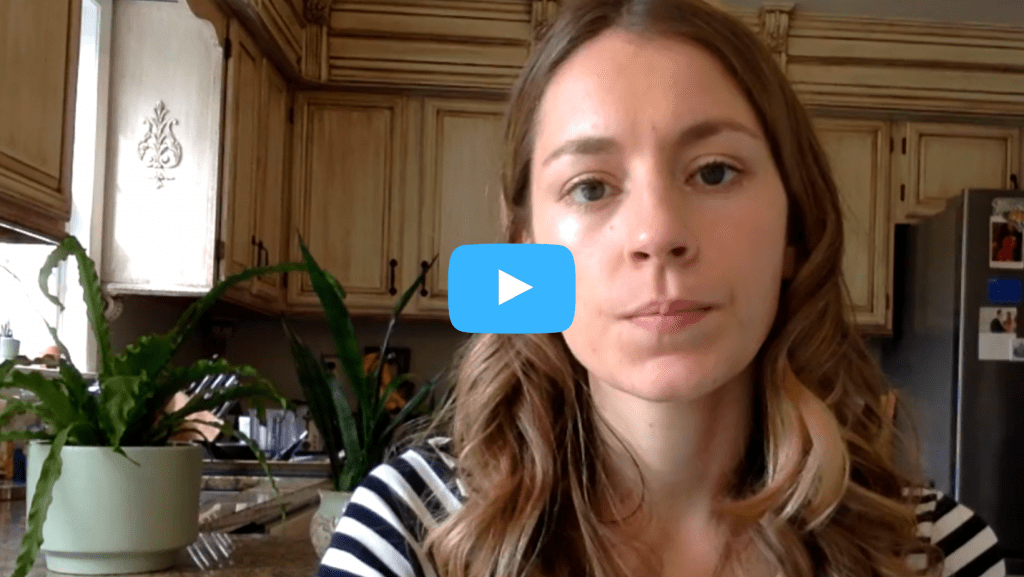



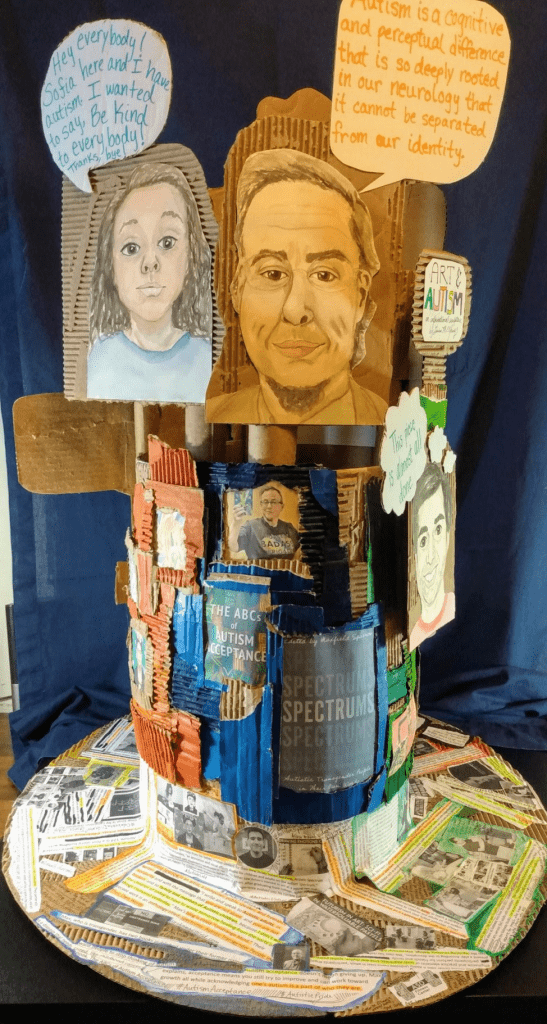
 Kate Collins joined Towson University and became Program Director for the new Master of Arts in Interdisciplinary Arts Infusion (MAIAI program) in August 2014. Prior to this position, Kate was at Ohio State University completing her doctorate in Arts Administration, Education and Policy. Her action-research dissertation focused on socially engaged arts and cultivating the civic imagination of student and youth artists.
Kate Collins joined Towson University and became Program Director for the new Master of Arts in Interdisciplinary Arts Infusion (MAIAI program) in August 2014. Prior to this position, Kate was at Ohio State University completing her doctorate in Arts Administration, Education and Policy. Her action-research dissertation focused on socially engaged arts and cultivating the civic imagination of student and youth artists.